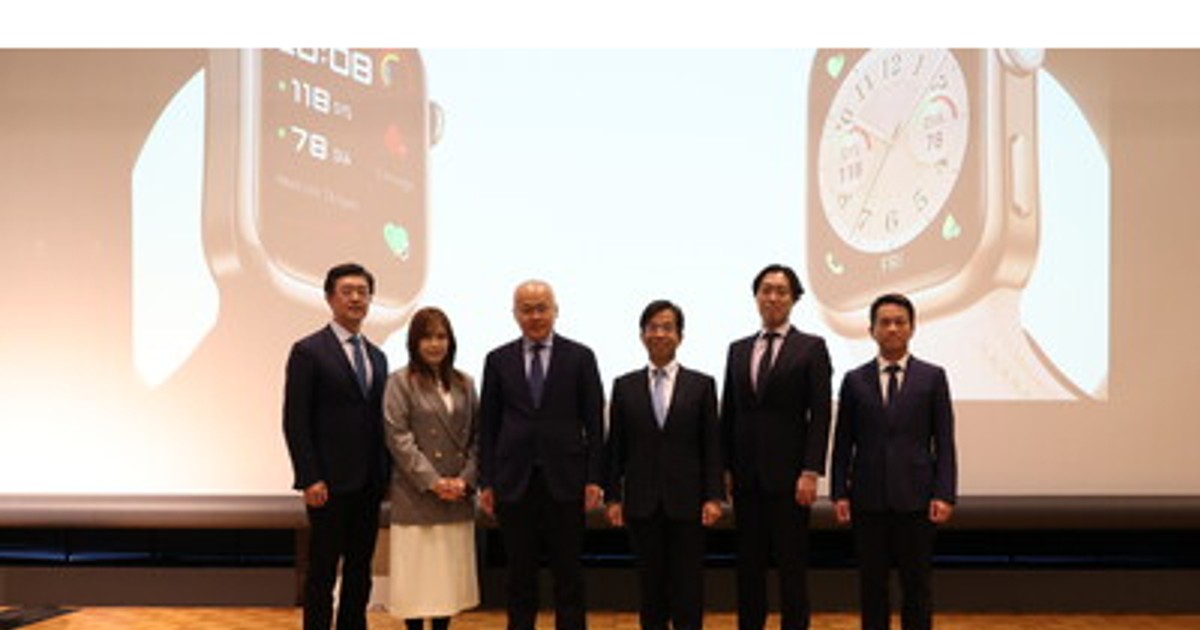Blood Pressure Monitoring: HUAWEI's Approach – A Comprehensive Guide
Introduction: Accurate and convenient blood pressure monitoring is crucial for managing hypertension and overall cardiovascular health. HUAWEI, a leading technology company, has integrated blood pressure monitoring into its wearables, offering a user-friendly approach to this vital health metric. This article delves into HUAWEI's technology, accuracy, features, and overall contribution to accessible health monitoring.
HUAWEI's Technological Advancements in Blood Pressure Monitoring
HUAWEI's foray into blood pressure monitoring on smartwatches utilizes a combination of advanced sensors and algorithms. Unlike traditional cuff-based methods, HUAWEI's approach employs photoplethysmography (PPG) sensors and sophisticated software to estimate blood pressure readings from the wrist. This non-invasive method offers convenience and ease of use compared to traditional sphygmomanometers.
Key Technological Components:
- Advanced PPG Sensors: HUAWEI leverages highly sensitive PPG sensors capable of detecting subtle changes in blood volume, a key indicator for blood pressure measurement.
- Proprietary Algorithms: The accuracy of HUAWEI's blood pressure monitoring hinges on its proprietary algorithms. These algorithms analyze the PPG data, factoring in various physiological parameters to generate reliable readings. Continuous improvements through machine learning are a key focus for enhancing accuracy.
- Integration with HUAWEI Health App: The collected data is seamlessly integrated with the HUAWEI Health app, allowing users to track their blood pressure trends over time, set reminders for measurements, and share data with healthcare professionals.
Accuracy and Reliability: Addressing User Concerns
A common concern regarding wrist-based blood pressure monitors is accuracy. While HUAWEI's technology isn't intended to replace regular check-ups with a doctor or clinic, independent studies and user reviews suggest a reasonable level of correlation with traditional methods, particularly when used consistently and following the provided guidelines. However, it's crucial to remember that individual results may vary. Factors like skin tone, movement, and proper device placement can influence accuracy.
Tips for Accurate Readings:
- Proper Device Placement: Ensure the watch is snugly fitted on your wrist, but not too tight.
- Remain Still: Minimize movement during the measurement process.
- Regular Calibration: While not directly user-adjustable, HUAWEI continuously updates its algorithms through software updates, contributing to improved accuracy over time.
- Consult a Healthcare Professional: Always consult your doctor for diagnosis and treatment of hypertension. HUAWEI's blood pressure monitoring should be considered a supplemental tool, not a replacement for professional medical advice.
Features and User Experience
HUAWEI's blood pressure monitoring integrates seamlessly with its broader health and fitness ecosystem. Users can easily access their readings, track trends, and set personalized goals within the user-friendly HUAWEI Health app.
Key Features:
- Automatic Measurement Reminders: The app allows you to schedule regular blood pressure measurements, promoting consistent monitoring.
- Data Visualization & Trend Analysis: Clear graphs and charts provide an easy-to-understand overview of blood pressure trends.
- Data Sharing Capabilities: Users can share their blood pressure data with healthcare professionals for better management of their health.
The Future of HUAWEI's Blood Pressure Monitoring
HUAWEI continues to invest in research and development to further enhance the accuracy and functionality of its blood pressure monitoring technology. Future iterations may incorporate features like:
- Improved Algorithm Accuracy: Machine learning and artificial intelligence are expected to play a crucial role in refining the algorithms for even greater precision.
- Enhanced User Interface: Further streamlining of the user interface will enhance the overall user experience.
- Integration with other health metrics: More seamless integration with other health data points, such as heart rate variability, for a more holistic health overview.
Conclusion:
HUAWEI's approach to blood pressure monitoring offers a convenient and accessible method for tracking this vital health indicator. While not a replacement for professional medical advice, it provides a valuable tool for individuals seeking to better manage their health. By leveraging advanced technology and a user-friendly interface, HUAWEI contributes to making proactive health monitoring more accessible to a wider population. Remember to consult your doctor for personalized advice on managing your blood pressure.
